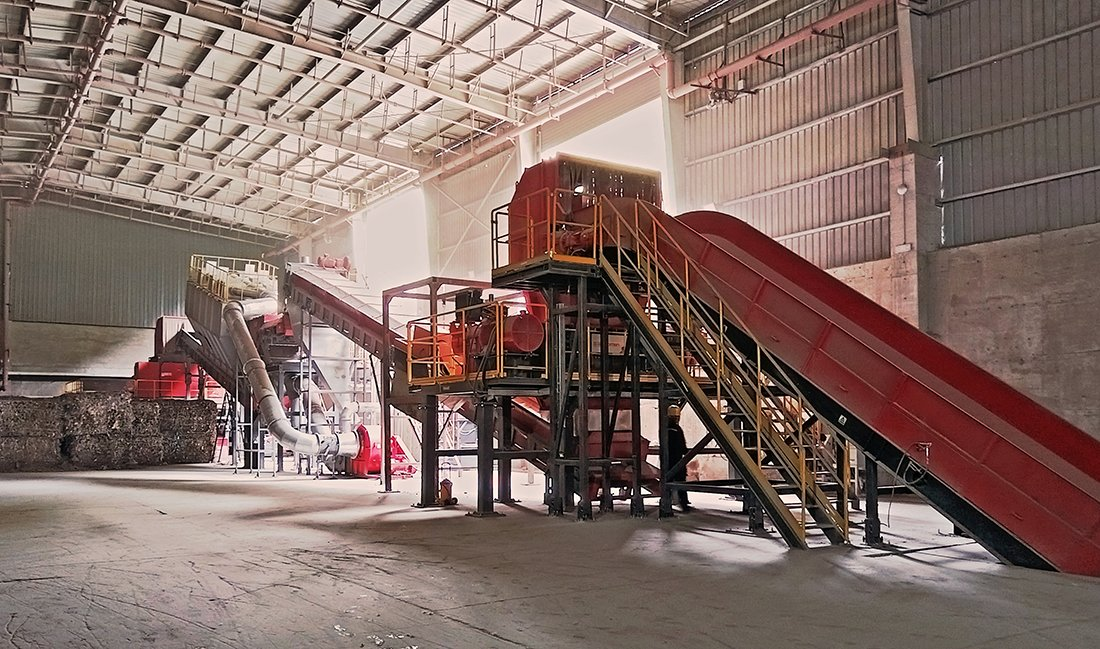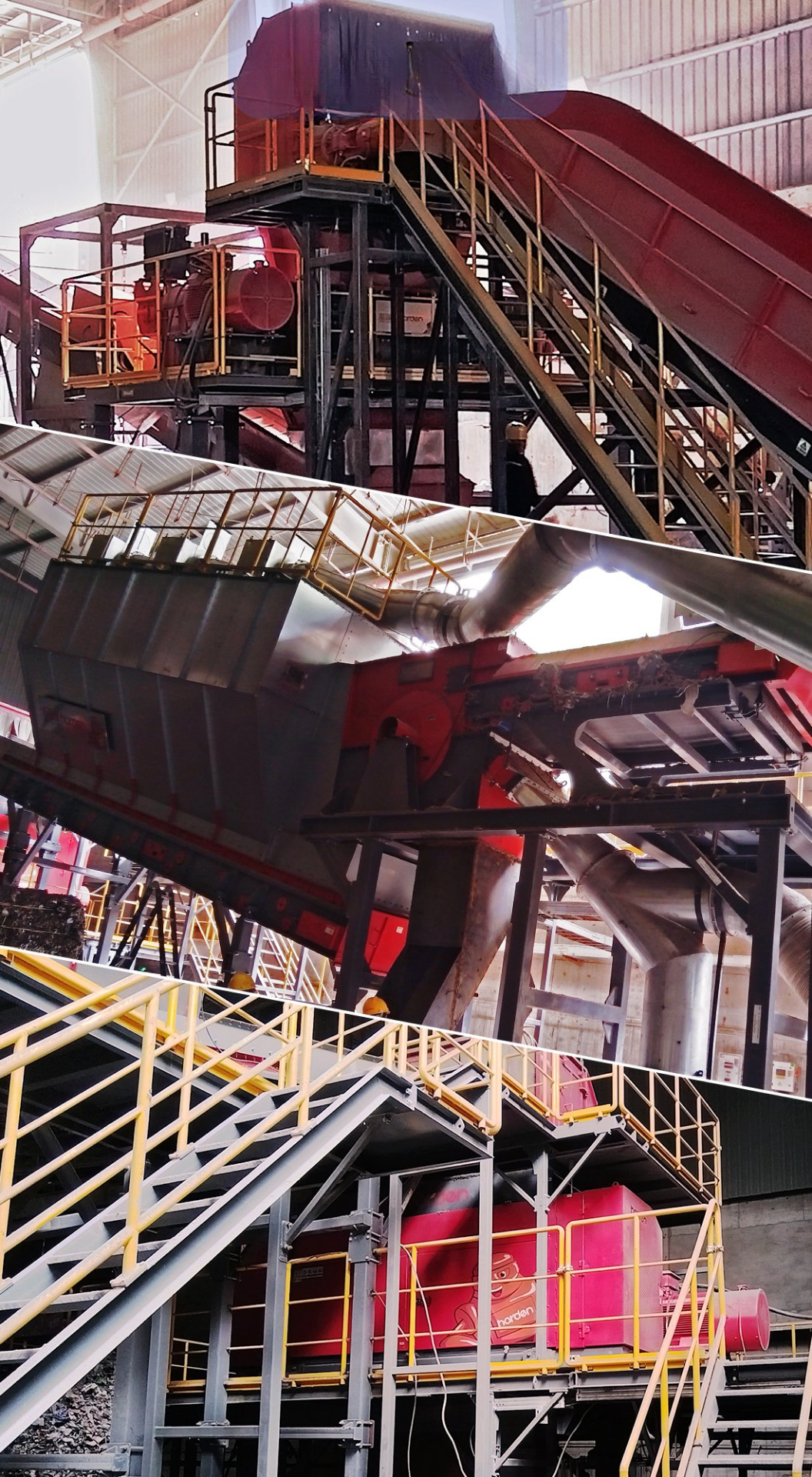 2024-12-23
2024-12-23Recently, a cement company in Sichuan, China, successfully achieved continuous and stable production of RDF (Refuse Derived Fuel) alternative fuel in its cement kilns. This breakthrough was made possible by the company’s adoption of the RDF alternative fuel preparation system provided by Harden Machinery Ltd., which converts various industrial solid wastes into high-calorific value alternative fuels. This initiative not only effectively reduced fuel costs but also provided a practical solution for the green transformation of the cement industry.

Challenges and Demands in the Cement Industry
The cement industry is traditionally a high-energy-consuming sector, with fuel and power costs typically accounting for over 50% of production costs. Given the current volatility in global coal prices, the uncertainty around fuel costs has posed significant challenges to cement companies' operations. To address the rising coal prices and comply with stricter environmental policies, cement companies urgently need to find more stable and cost-effective alternative fuels.
In this context, using industrial solid waste to produce RDF alternative fuel has become a practical solution. RDF alternative fuels not only reduce coal consumption and greenhouse gas emissions but also contribute to green production through the recycling of waste, aligning with environmental policies. This Sichuan-based cement company recognized this opportunity and began exploring the application of RDF alternative fuels, taking a crucial step forward through collaboration with Harden Machinery.
Harden's Technological Advantages
To achieve this goal, the cement company entered into a strategic partnership with Harden Machinery Ltd., a leader in the solid waste management industry with over a decade of experience. Harden Machinery provided a complete RDF alternative fuel preparation system. After in-depth technical discussions and practical testing, the company ultimately selected the Harden DWS alternative fuel preparation system.
This system uses a series of advanced solid waste processing techniques, including coarse crushing, magnetic separation, air separation, and fine crushing. These processes transform various industrial solid wastes (such as leather scraps, waste textiles, and plastics) into high-calorific RDF alternative fuels.
The processed materials yield alternative fuel with a low impurity rate of less than 10%, high homogenization, and an output size of approximately 50mm. These RDF alternative fuels not only have a high combustion calorific value but also contain fewer harmful elements, reducing the negative environmental and production impacts.

Advantages and Application of RDF Alternative Fuel
Compared with traditional coal fuel, the RDF alternative fuel provided by Harden offers several advantages. Firstly, it has a higher calorific value, meeting the high-temperature requirements of cement kilns.
Secondly, it contains fewer harmful elements, which helps reduce pollution in the cement production environment and ensures stable cement quality. Additionally, this alternative fuel has a lower heat loss coefficient, improving energy efficiency in the cement kiln and reducing fuel waste.
By using high-calorific RDF alternative fuel in place of coal and other fossil fuels, cement companies can reduce their dependence on traditional fuels, decrease carbon emissions, and lower energy consumption, all in line with national energy-saving and emission-reduction policies.
Particularly in cement production, RDF alternative fuel can be used continuously and stably in large proportions, enhancing the sustainability and economic efficiency of the production process.

A Milestone in Green Transformation
The success of this cement company marks a significant step forward in the green transformation of the cement industry in Sichuan and beyond. By implementing RDF alternative fuel, the company not only effectively controlled fuel costs but also made remarkable progress toward achieving its low-carbon and environmentally friendly goals.
As environmental policies become stricter and the demand for sustainable development increases, the application of RDF alternative fuel holds great promise and is set to become the preferred solution for more coal-fired companies in their efforts to reduce coal consumption and carbon emissions.
In the future, as RDF alternative fuel technology continues to mature and gain broader market acceptance, more cement companies will be able to optimize their energy structures and achieve green transformation in their production processes. This will not only contribute to the sustainable development of the industry but also help promote a low-carbon economy in China and globally.













